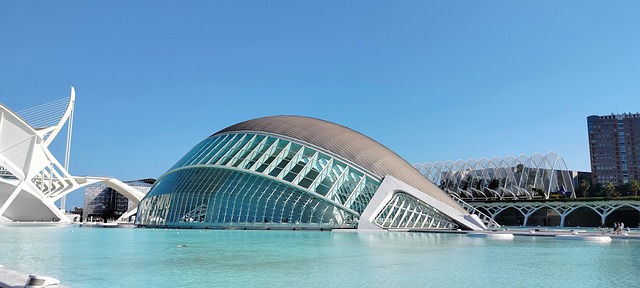As technology continues to evolve, the concept of immersive hearing is paving the way for new dimensions in virtual reality (VR), augmented reality (AR), and the metaverse. Imagine stepping into a world where sounds envelop you, creating an experience that feels not just seen, but truly heard. Immersive hearing is the key to unlocking this next frontier, where sound isn’t just an addition to visual elements but a foundational aspect of the total immersion experience.
In VR, immersive hearing enables users to feel the surrounding sounds shift and change in real-time. When you put on a headset for an adventure in a virtual landscape, the rustling of leaves or the distant howl of a wolf suddenly become lifelike, making your heart race. This is made possible through advanced audio algorithms that mimic how sound travels and arrives at your ears, much like it does in the real world. Directional sound enhances the realism, making virtual environments a sanctuary for your senses where each auditory clue weaves a richer tapestry of experience.
AR takes this immersion a step further by blending the virtual with the real. When you wear AR glasses, the world around you serves as a canvas for immersive audio experiences. Imagine walking through your local park, while sounds of nature seamlessly mix with overlays of ambient music that change based on your movements and environment. Immersive hearing through AR helps you connect deeper with your surroundings, encouraging a new appreciation for the world around you. It’s as if you are in a live performance that adjusts to your every step.
The metaverse amplifies this experience by creating expansive, shared digital worlds that facilitate interactions among users. Immersive hearing in the metaverse transforms social gatherings into vibrant landscapes of sound. Striking chords with fellow users becomes possible when you can hear laughter resonating from a friend’s location or music drifting from an adjacent room. Every sound becomes a thread in the tapestry of connection, fostering relationships and community in ways previously unimaginable.
Moreover, the application of immersive hearing is not just limited to entertainment and social interactions. It has profound implications in sectors like education and training. Students in virtual classrooms can hear lectures and discussions as if they were happening in real-time, while hands-on simulations become more impactful with the addition of realistic soundscapes. The medical field, too, could benefit, as professionals simulate surgeries where sound cues help inform decisions. The possibilities are endless, emphasizing the importance of developing and refining immersive audio technologies.
As we delve deeper into these innovations, it’s crucial to recognize the challenges that come along with them. Achieving true immersive hearing requires constant improvement in sound design and technology. Latency and the quality of environmental sound must continuously improve to prevent breaking the user’s sense of immersion. As developers strive to bridge these gaps, the future of immersive hearing will shape experiences in ways that enhance our interactions with both virtual and real worlds.
Venturing into the realms of VR, AR, and the metaverse illustrates a unique opportunity to reimagine how we experience sound. The journey is just getting started, and as the line between reality and the virtual begins to blur, immersive hearing will undoubtedly transform our understanding of what it means to be present in an experience. Through these immersive technologies, we are on the cusp of a rich auditory evolution, one that immerses us not just in sight, but in sound, ultimately redefining our engagement with the world.



